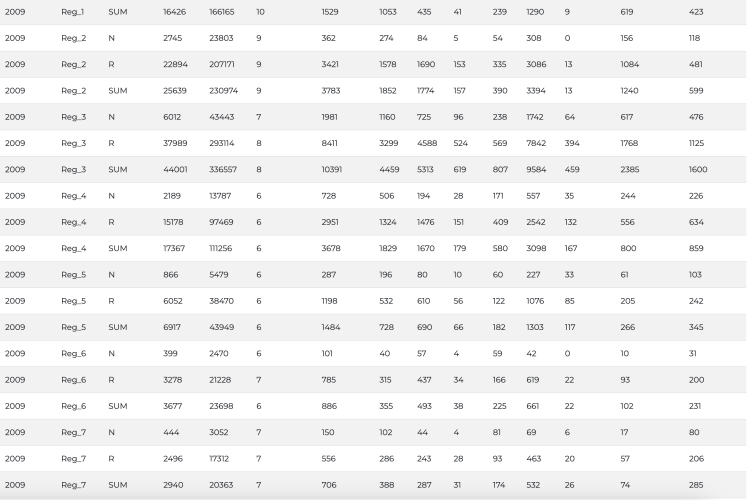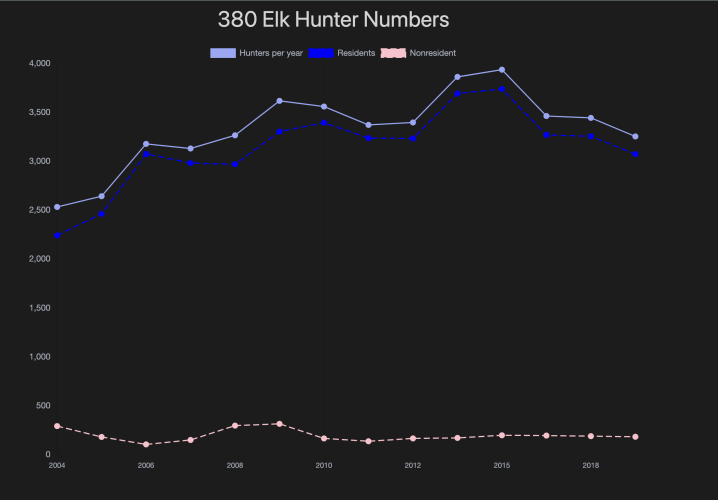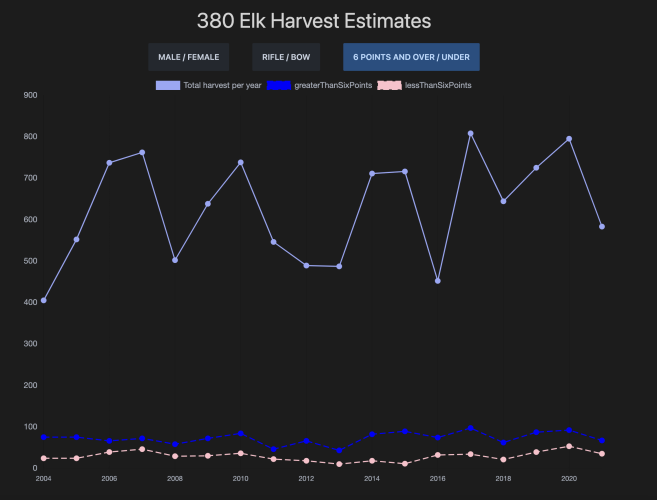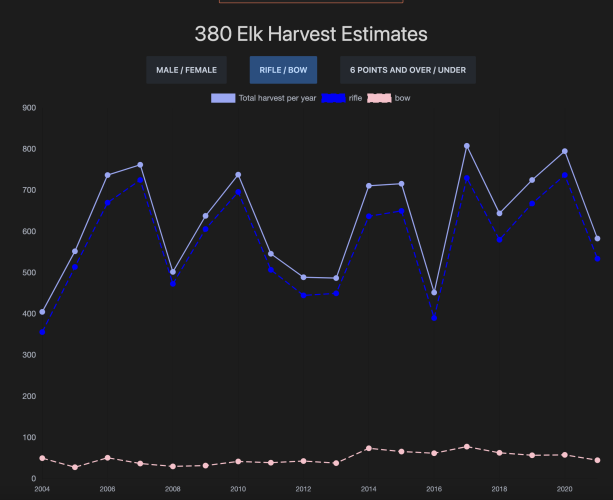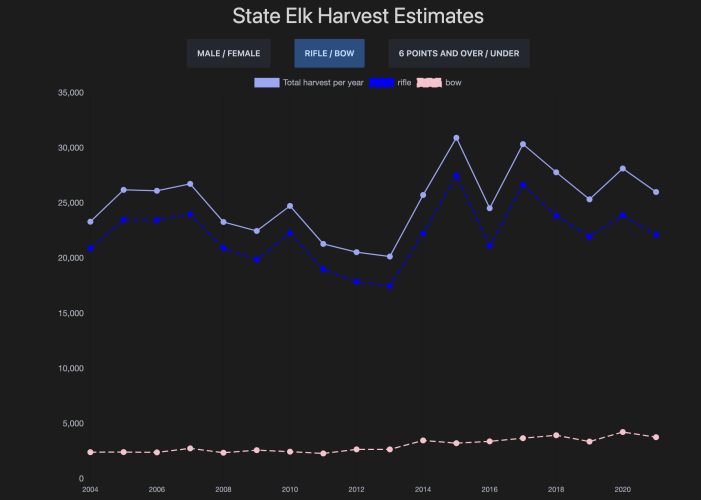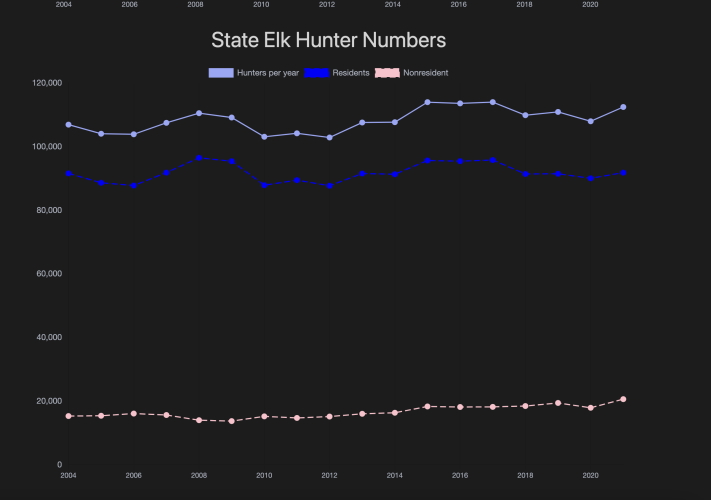atlas
Well-known member
- Joined
- Feb 15, 2022
- Messages
- 479
Well, I'm excited to start messing with the probability of drawing and showing that on the site so I appreciate the input @neffa3 and @YoungGun.
I also just added moose, sheep, and goat CSV to my database and now those stats are alive on the site as well. So now everyone can check those out on my site.
I also just added moose, sheep, and goat CSV to my database and now those stats are alive on the site as well. So now everyone can check those out on my site.
Last edited:








